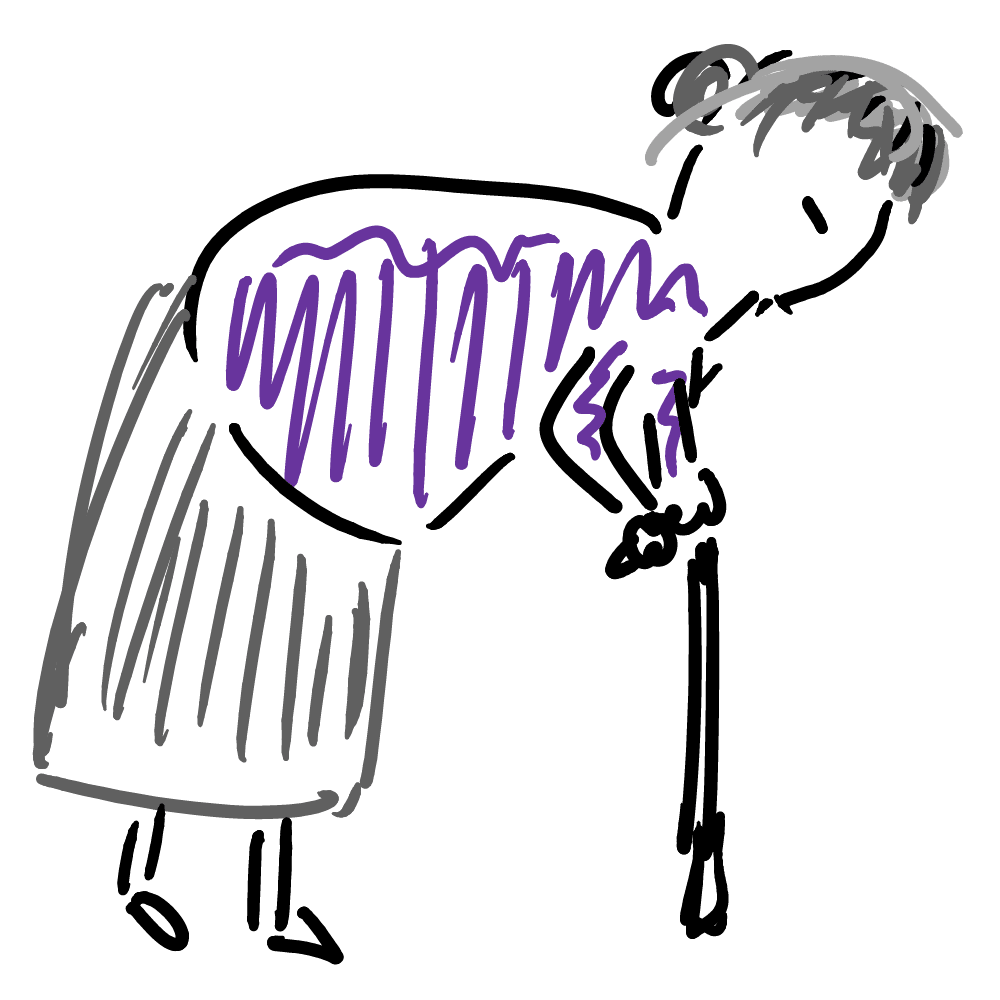Yongho Kim
Anthropology (248) of Religion
November 21, 2003
Moore and Sanders tell us that witchcraft refers to hidden forces in the world and presumes a dynamic of power. Discuss any three defining characteristics of witchcraft in contemporary Africa. Now compare witchcraft with ANY OTHER hidden force in the world that presumes a dynamic of power – how are they similar? How do they differ?
In the ethnographies read so far, I could identify several patterns arising cross-socially within instances of witchcraft or witchcraft accusation. Among them are the assumptions of invisible realities, the articulation with state power, and its close relationship with economic exploitation.
Witchcraft assumes that any version of reality solely based in the visible is ultimately incomplete (Mbembe, cited in Nyamnjoh 29) for reality accounts for many otherwise unexplainable phenomena. Economic inequality is foremost among them. (Nyamnjoh 37). Rise in wealth of some, while all are working in more or less similar conditions is often attributed to witchcraft. Sometimes, a small minority may yield power against a vocal and protesting majority (35). Because the plainly visible is not enough, other invisible mechanisms, such as witchcraft, are recurred to in order to make sense of the everyday world (36).
Witchcraft is constitutive of state power. (Moore and Sanders 19) Coercion of the populace often occurs under the compromising acceptance of witchcraft as a matter of fact, and agreeing in focusing resources in combating ill-intended witchcraft. Indeed, states denying the existence of witchcraft are perceived as collaborators of witches. (Moore and Sanders 18)
Although Evans-Pritchard, himself the pioneer of the functionalist school, “deplored the crude interpretation of many interpretations [based on economic explanations]” (Moore and Sanders 8), the relationship and parallelism between witchcraft and the economic exploitation are notorious. Above anything, witchcraft has been used as an effective tool for imbuing the capitalist class of social responsibility towards the poor (Nyamnjoh 35). As evidenced in Cameroon, those economically oppressed may take social revenge by accusing those who reap profit, but do not return benefits to the community, of witchcraftry (Nyamnjoh 41). In Nigeria, similarly oppressed teen women may identify themselves as witches and use the occasion to send a serious warning to those wealthy and in power (Bastian 82)
Moore and Sanders suggest the tautological belief in Smith’s hidden hand and the forces of the market as a comparable notion to witchcraft (Moore and Sanders 19), which is again reaffirmed by Nyamnjoh (45)
The political economy is the language of development. It assumes from the onset that all worlds will eventually be led to a single better, more economically efficient society. (Moore and Sanders 12) In the framework of this language, poverty, for example, is seen as a “disease” that needs to be “overcome” with structural adjustment programs. Creation of a wealthy class is explained in terms of inner (hidden) individual effort and abilities, just as belief in witchcraft explains it in terms of hidden rituals and cursing ceremonies.
One small example serves to underline the tautological nature of the belief in the political economy. Bibek Raj Pandey [confidentiality was not requested nor granted], a student who upon being explained at the library (while I was writing this essay) that my task was to establish a parallel between witchcraft and Adam Smith’s hidden hand, joyfully disregarded the suggestion with the very dialectic of political economy. “The difference” Pandey explains, “is that economics is science, and this [pointing at the book]… hahah”. This commentary, oft invoked during the first stages in discussions of economic justice, captures the all-encompassing and tautological nature of contemporary belief systems such as those of the political economy.
Economic processes and institutions are also constitutive of state power. Often the most important decisions a state makes about its own general directions is on economic policies. The choice of a particular developmental or trade strategy may earmark candidates for popular elections. Often, governments may ally themselves to main providers of capital in order to sustain its own power. Should a government not accept the established pattern of exploitation, other venues will be exhausted in order to bring the state to its knees and accept interest-based development aid or introduction of foreign capital.
The ideology of political economy maintains a relationship of mutual reinforcement with applied economics. Hence, its approach to economic inequality is diametrically opposite to that of witchcraft. While those oppressed by postcolonial exploitation may recur to witchcraft to take some measure against it, political economy justifies and encourages the benefit of a minority in lieu of the less powerful class (Nyamnjoh 45)
Therefore, it can be said that belief in a cosmovision involving witchcraft and belief in the ideology of political economy both assume (quite correctly) that reality cannot be explained by the immediate aspects of perception alone. Both exercise such an influence that the state cannot survive without actively embracing the respective belief systems. Witchcraft and the political economy mark a sharp contrast in that witchcraft has the possibility of being employed by the oppressed classes to reappropriate lost goods and rights, while political economy recreates entrenched modes of exploitation. But students of economics may refuse to see these parallels, especially when the question poses the possibility of challenging an assumption held in the hinterland for years of study. The question remains, would apprentice witches or sorcerers similarly not admit this parallelity in forms of embodiment between witchcraft and the political economy?

Leave a Reply